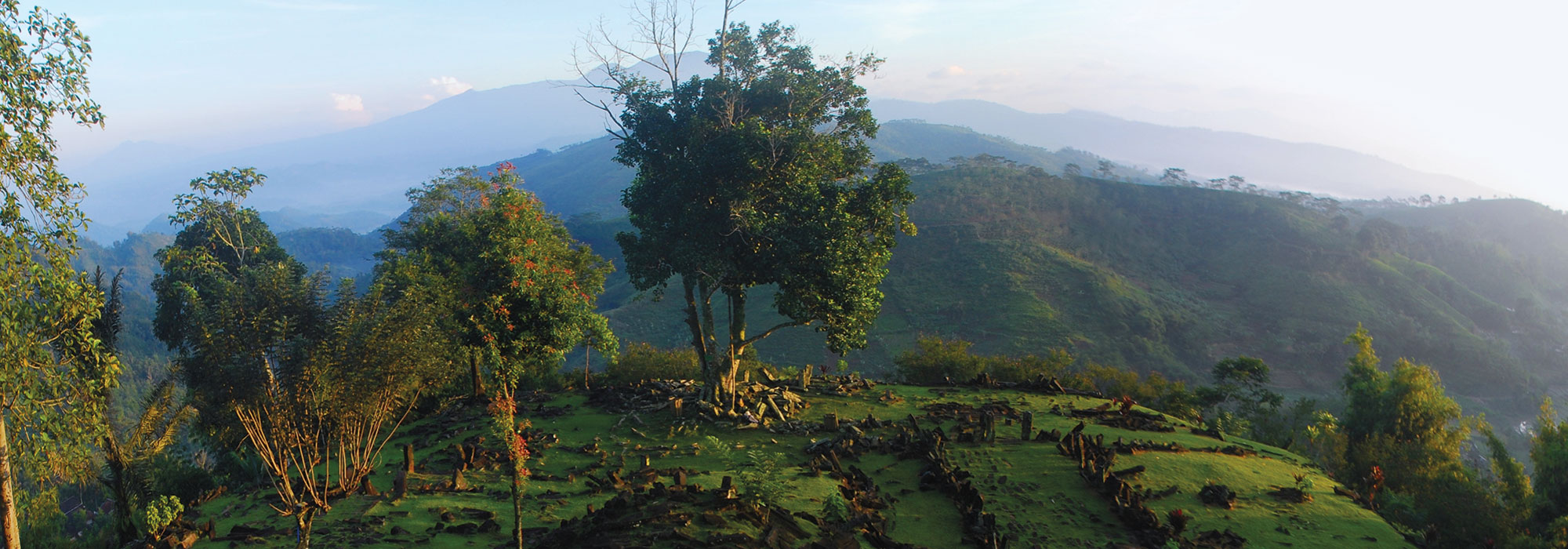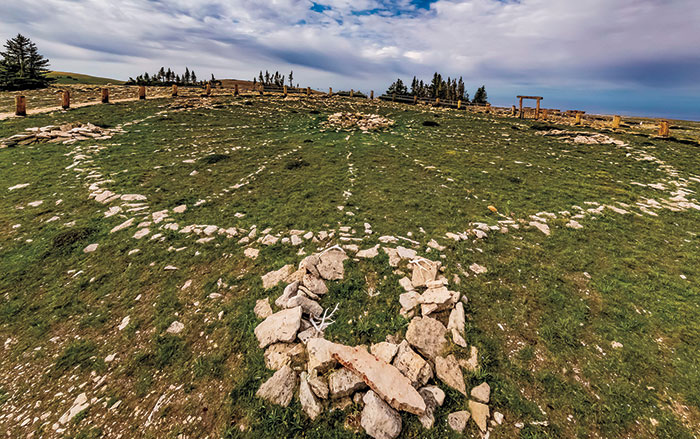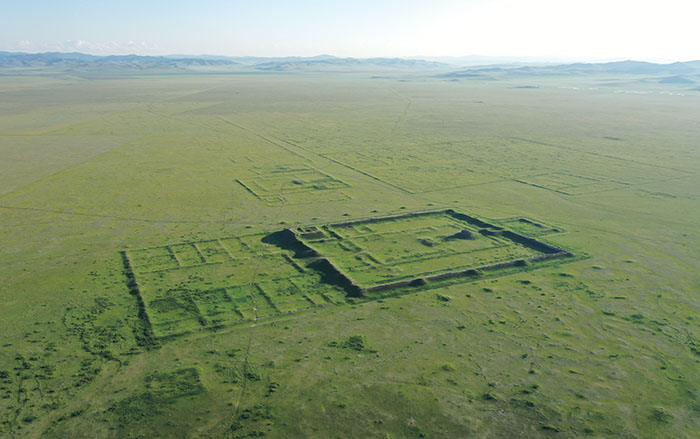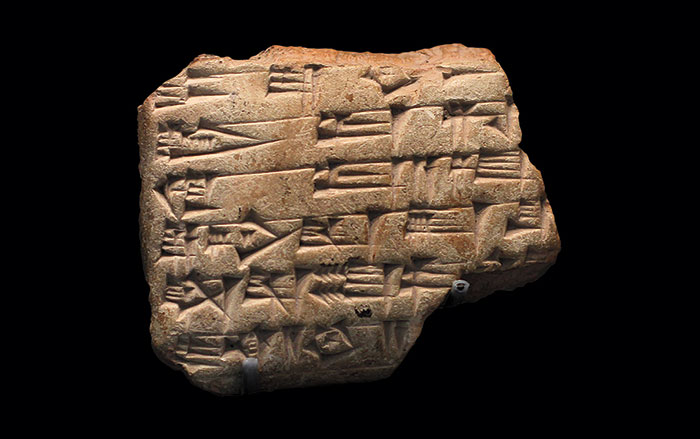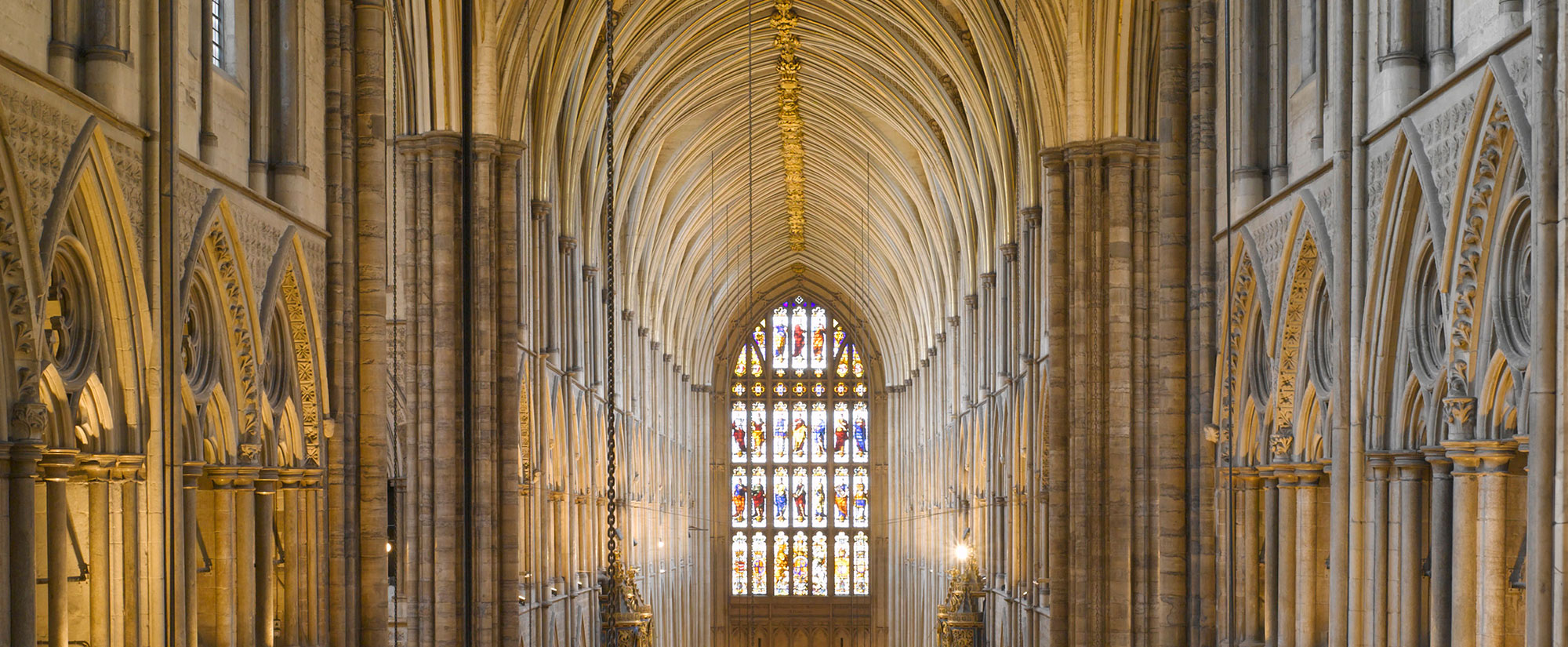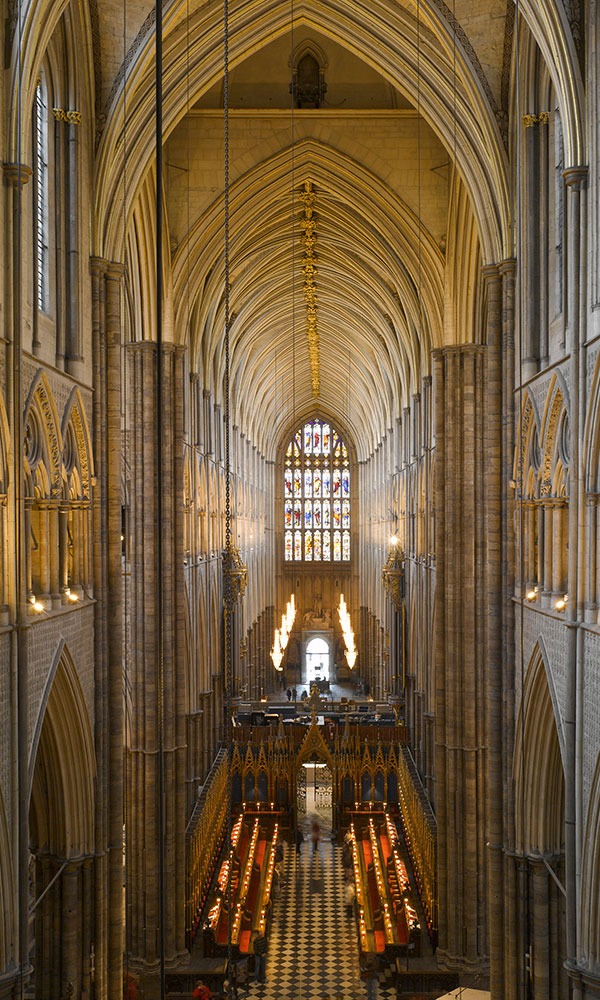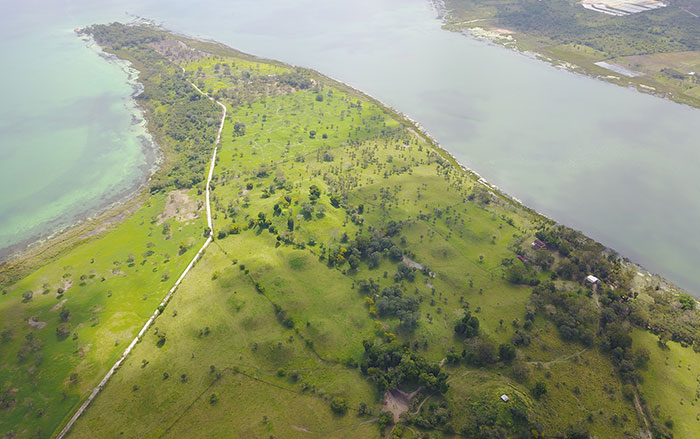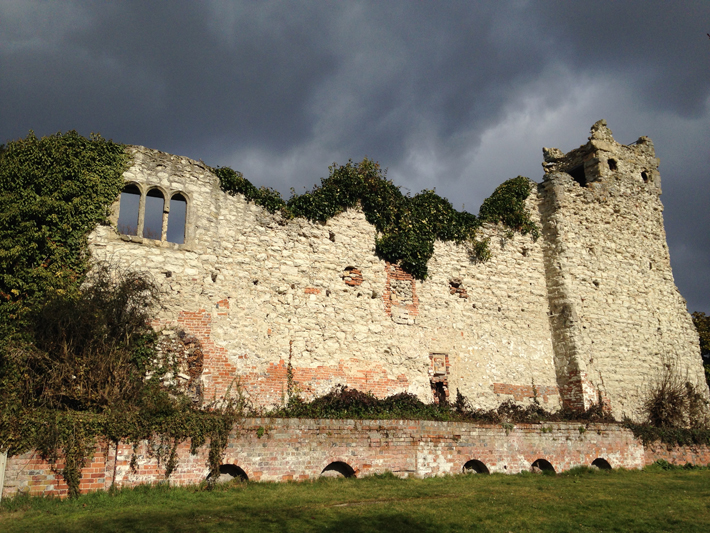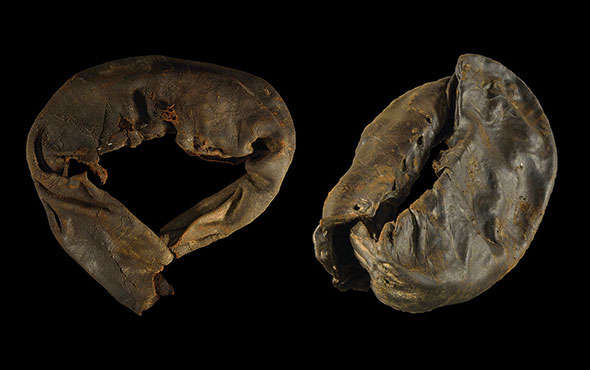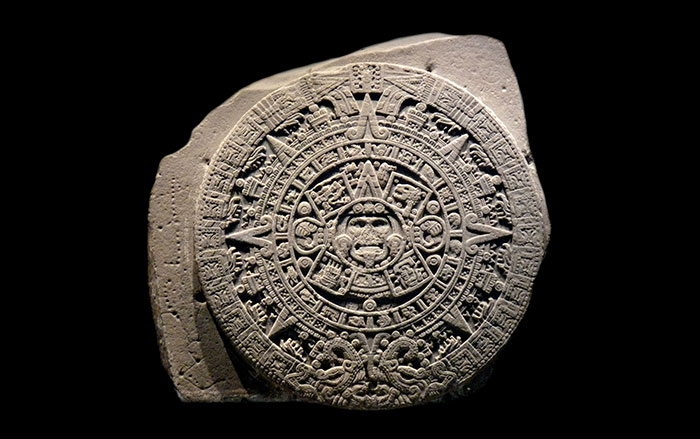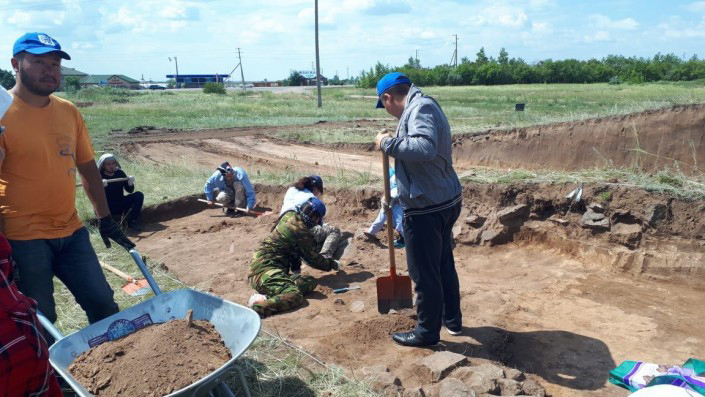
ASTANA, KAZAKHSTAN—The Astana Times reports that Kazakh archaeologists have excavated a thirteen-foot-tall burial mound that once held the remains of a prominent member of one of the Saka tribes. These nomadic Iranian people were related to the Scythians and dominated the steppes in present-day Kazakhstan and southern Siberia during the first millennium B.C. Nearby, the team also discovered seven more recent Islamic graves that date to the 15th and 16th centuries A.D. The graves were oriented towards Mecca, and some of them contained jewlery, including a copper ring, a bronze earring, and a silver buckle. To read in-depth about a lavish Scythian burial mound, go to "Rites of the Scythians."


